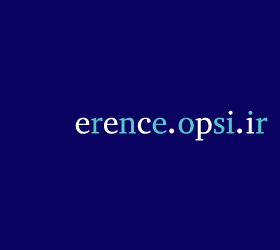Association Mission
Membership
Contact Us
BibTeX | RIS | EndNote | Medlars | ProCite | Reference Manager | RefWorks
Send citation to:
URL: http://opsi.ir/article-1-966-en.html
Significant evidences have been reported showing the presence of in-homogeneities in lipid composition and physical properties in biological membranes. Multi-component phospholipid membranes, which contain cholesterol and mixed species of lipids, can segregate into lateral domains of liquid ordered and liquid disordered phases. The self-organization of these membranes into liquid-crystalline ordered domains is critical in several cell processes. In this paper, we use digital holographic microscopy (DHM) for quantitative volumetric measurement and analysis of dynamical behavior of such membranes. DHM in a transmission mode is an effective tool for quantitative visualization of phase objects such as living organelles. By deriving the associated phase changes, this method provides three-dimensional information on the morphology variation of lipid stacks at arbitrary time scales. Moreover, the thickness distribution of the object at demanded axial planes may be obtained by numerical focusing. The specimens are lipid mixtures composed of sphingomyelin, cholesterol and unsaturated DOPC phospholipid. DHM measurements show that volume evolution of lipid domains follows approximately the same universal growth law, which was shown by their two dimensional size measurements. However, height evolution of lipid domains shows different behavior in comparison with volume and area evolution
| Rights and permissions | |
 |
This work is licensed under a Creative Commons Attribution-NonCommercial 4.0 International License. |









